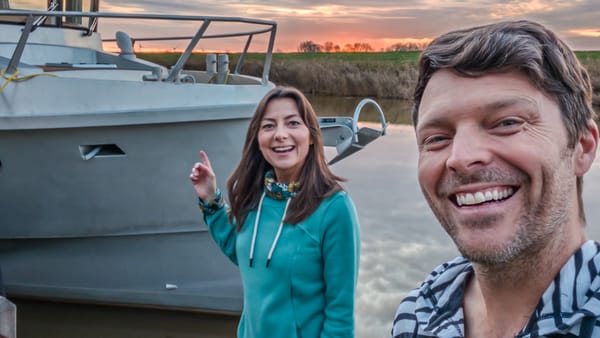Sailing Schooled Ep. 3 – Storms, Tests & Tacos
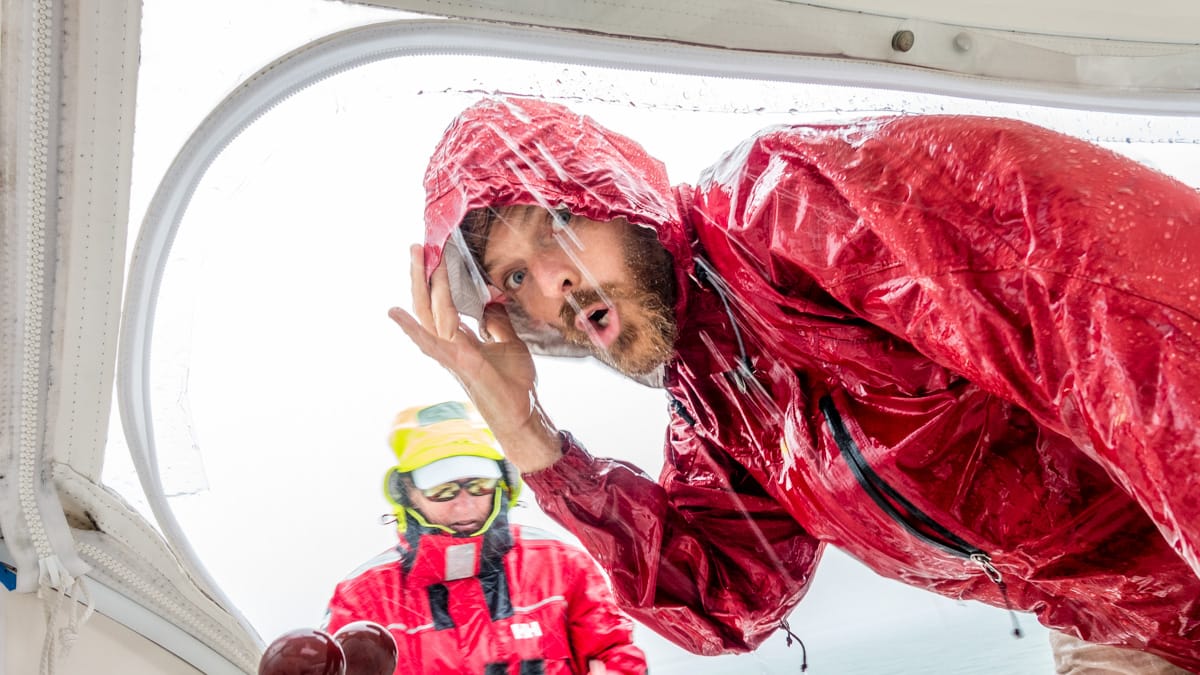
It’s day three of sailing school and mother nature decided to throw in some thunderstorm action for our learning hump day. It was just the right amount of crazy for us newbie sailors.
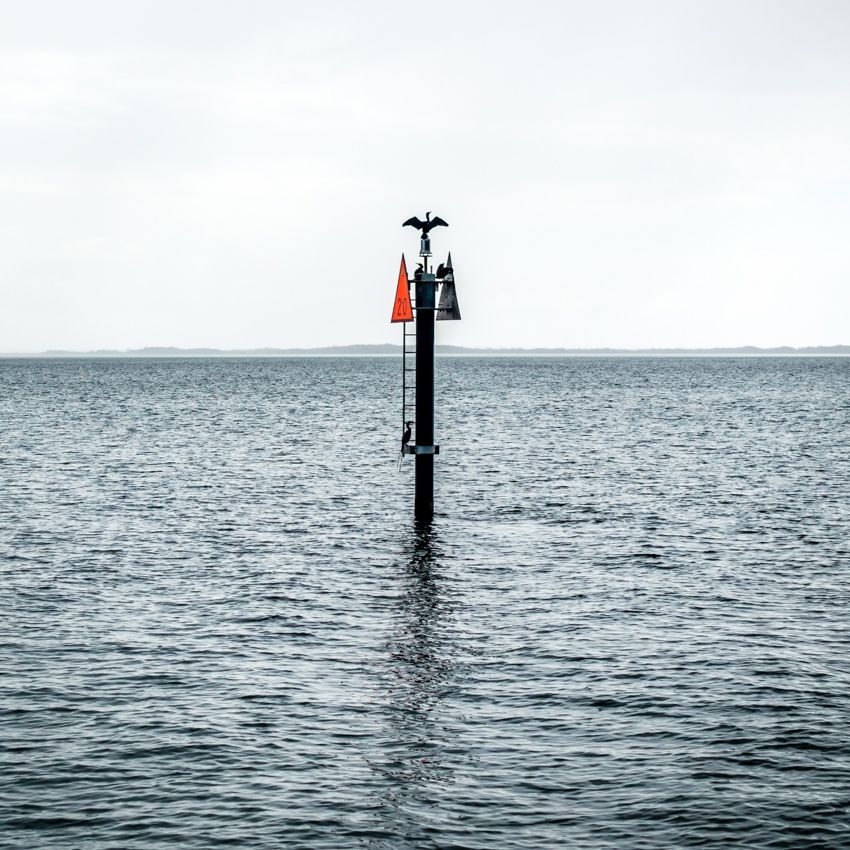
Lightning is simultaneously wild, beautiful, exciting and scary…especially when you’re on a sailboat…and even more so when you’re in Florida.
There’s nothing like being out in a storm on a large body of water with a giant metal pole sticking 64 feet up in the air. As if that isn’t enough, Florida is the state where you are most likely to get struck by lightning. In fact, in the everglades just outside of Orangetree, FL there are more lightning strikes than anywhere else in the country.
So, when lightning strikes in Florida people pay attention and look around to see if or what it hit. If lightning strikes while our friend Kent (Boat Broker & Service Guy) is in the room, he smiles and semi-jokingly says, “I love that sound, it’s the sound of money”. He has replaced the electronics on a lot of boats that have been struck by lightning, Including ours when she was only a year old! Yep, our boat was hit by lightning while sitting at a marina waiting for warranty service work.
Now that I have you on edge about lightning, you should watch this video about us sailing in a thunderstorm. If you watch closely there’s always a big flinch from someone on the boat every time lightning strikes. It’s a natural reaction when you’ve spent a lot of time in FL.
What We learned On Day Three
Tests: I honestly can’t remember the last time I needed flashcards. I don’t even think I used them in college and now I am glued to them like a preteen with an iphone.
This was the first of four different tests we have to pass in order to complete our A+ Cat Course. The questions on this test were all from the ASA 101 Basic Keelboat Sailing course. We have two more days of sailing left and one final test day. From here on out, we will take one test each day (and we’ll cram like crazy with a new set of flash cards for each course/test).
The good news is, at this point we’ve learned the introductory basics of sailing and we’re building on that knowledge and those skills from here on out. The bad news is we have to learn all the flags, light combos, horn signals, right-of-way…and a whole lotta rules and regulations.
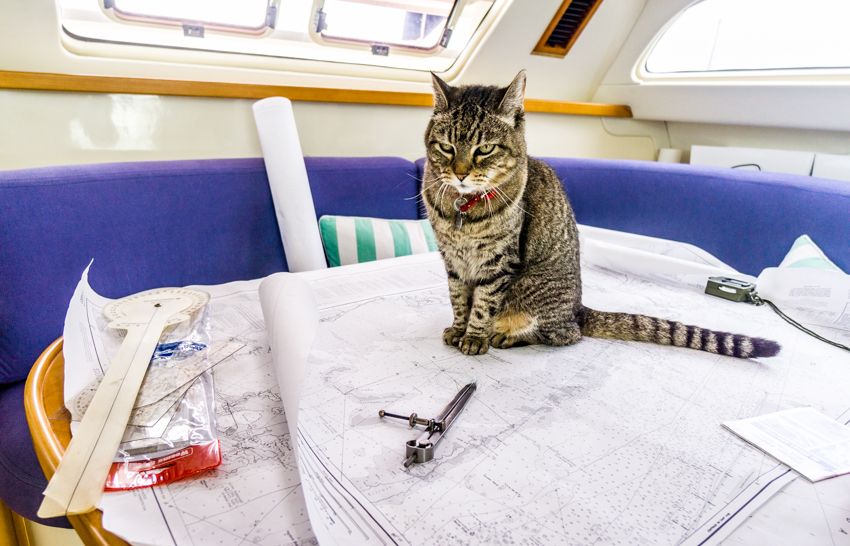
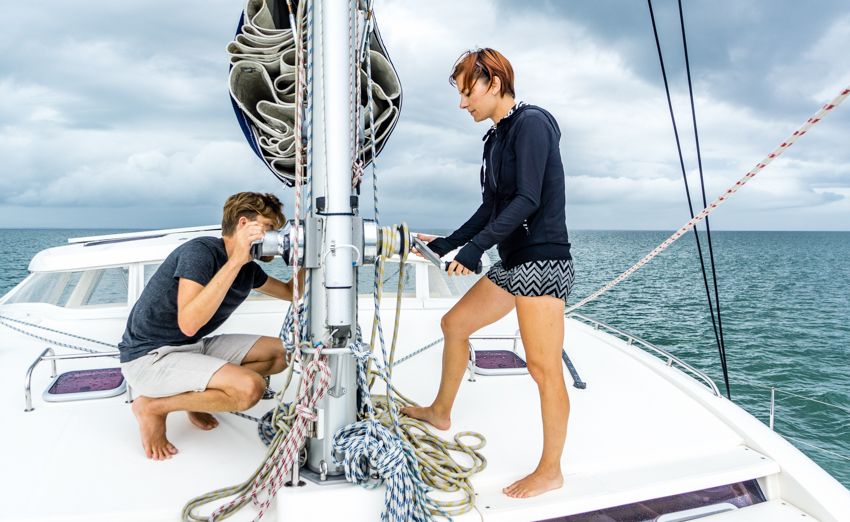
Obviously, we had some firsthand storm training…which was excellent. We practiced dropping the sails quickly, reefing and paid close attention to the clouds and wind to anticipate the storms. We learned the winds before and after small storms create their own mini-weather patterns so keeping an eye on the water ahead, behind and all around is ever so important for crew safety. Terry (Our volunteer camera guy) and Captain Jen both swapped stories of storms at sea, gave us tips on watching the water in the distance and shared huge insights on how to handle the boat when the unexpected happens. I know our little storm was calm compared to what we’ll face in the future, but still we feel a lot more prepared for the unknown.
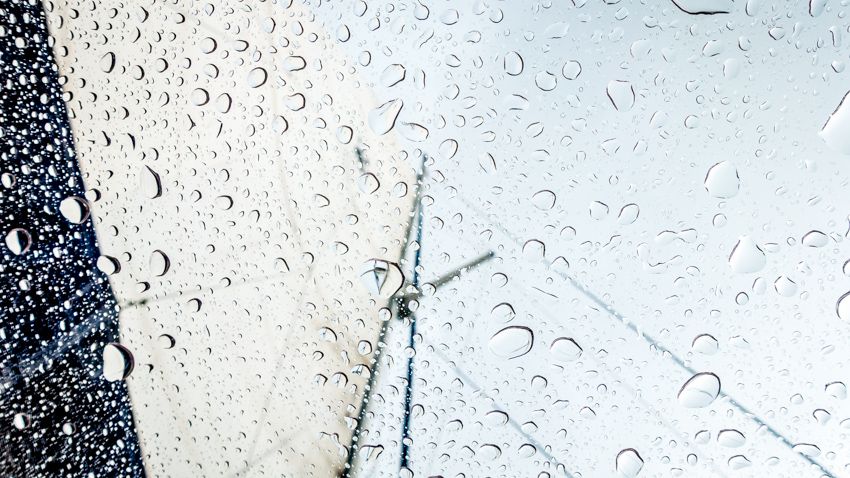
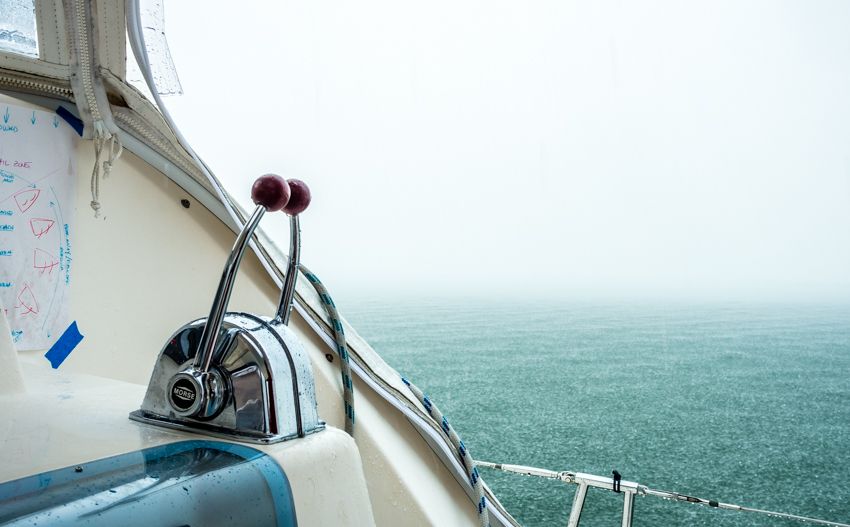
Sailboats and Lightning: As for the lightning, there really isn’t a whole lot we can do to avoid it. Our boat is in compliance with the safety grounding and lightning protection recommendations of the American Boat and Yacht Council. However, from the studies and articles I have read, lightning doesn’t care how you prepare the boat. It strikes at random and damages electronics regardless of groundings or dissipators.
The idea would be to avoid going out in storms but if we’re in the middle of a crossing, there is no escape. What we can do is have as little contact with the mast as possible and stay clear of any metal and the electronics. Our safest bet is to find a neutral zone under the hard top and wait it out…which is why it’s so important to have the sails ready way before the storm arrives.
All that said, we’re newbies and simply going off what we’ve learned from our research, our instructor and fellow sailors. If you’ve got tips, or experiences you want to share in the comments below, we’ll take all the help we can get!
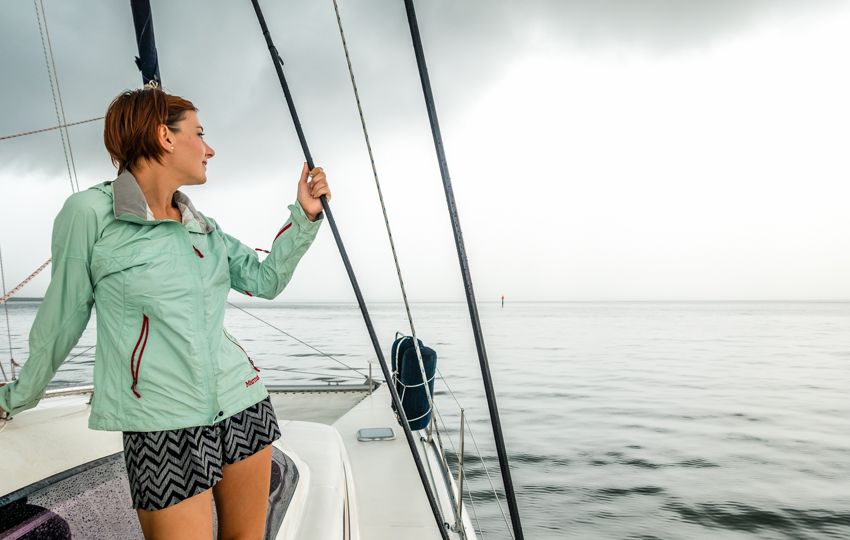
The Crew, Sailing Courses and Certifications
If you want to know more about why we’re taking sailing classes or get to know Captain Jen or Volunteer Cameraman Terry a little more, check out: Sailing Schooled Ep. 1
We’re taking the A+ Cat Course: Bareboat Catamaran Skipper through Blue Water Sailing School. (Side note, after our last video, BWSS offered all of our readers a 10% discount! Just use the code word Curiosity when booking to get the discount. I guess they liked our videos!)
If we pass all the tests, at the end of the week we will be certified for bareboat chartering and big boat sailing. It’s a short, intensive, live-aboard cruising course that combines the Basic Sailing (ASA 101), Basic Coastal Cruising (ASA 103), Bareboat Chartering (ASA 104), and Cruising Catamaran (ASA 114) curriculum.
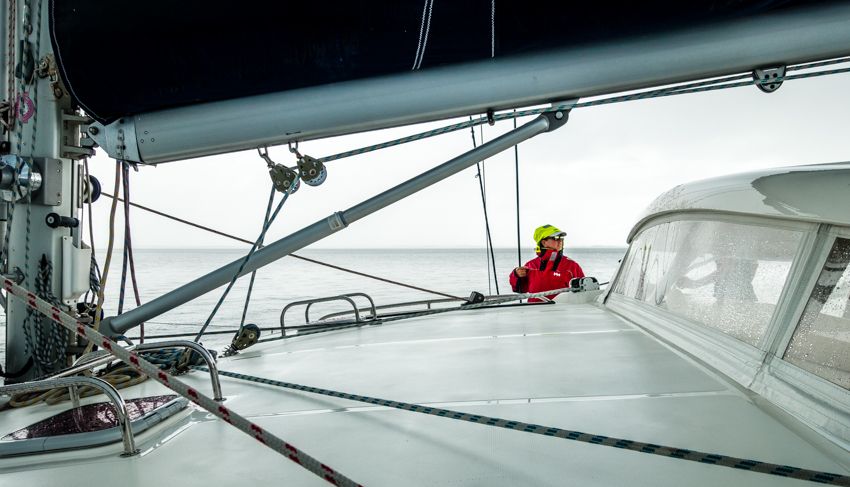
Equipment used to film this video:
- Sony A6000: http://amzn.to/1RbUSnx
- Sony Zoom Mic: http://amzn.to/21qHT8B
- Sony 10-18mm f4 lens: http://amzn.to/29EdkZg
- Sony Action Cam: http://amzn.to/1JfYcab
- Yi Action Camera: http://amzn.to/29vtTTJ
- Feiyu G4 Gimbal: http://amzn.to/29vtEYV
See all of our camera/editing equipment and how we use it here: https://www.gonewiththewynns.com/best-travel-camera-video-photography
Also, if you want to begin the education you can find our sailing school books here: http://amzn.to/29VIBSH and the flashcards we used to study here: http://amzn.to/2bhwpQR
You can always find all of our favorite gear, products and toys here: www.gonewiththewynns.com/store
Extras You May Have Noticed In The Kitchen (aka Galley):
- Corn Masa (Home made tortillas are insanely easy to make BUT it is all about the masa. This is the best masa I have found that makes great tortillas time after time. Follow the recipe on the package, masa, water, salt…that’s it!) – http://amzn.to/2ayY4uZ
- Tortilla Press – http://amzn.to/2am8H5C
- Griddle – https://www.gonewiththewynns.com/product/cuisinart-gourmet-griddle-griddler-panini-press-grid-8npc
- Induction Cooktop – https://www.gonewiththewynns.com/product/induction-burner
- Multi Bar Tool – https://www.gonewiththewynns.com/product/bar10der
- Penguin Cocktail Shaker – https://www.gonewiththewynns.com/product/penguin-cocktail-shaker
- Cocktail Glasses – http://amzn.to/293k8hv
- Cocktail Mixer – http://amzn.to/28Ymu1O

Sailing Report
Date: 6/21/2016
Weather: Showers and T-Storms
Wind: East to Southeast 10-15 knots
Seas: A mix of smooth and choppy
Route: Sailed South through Key Biscayne to North Key Largo
Anchor Spot – North Key Largo GPS: 25.274704, -80.346587




